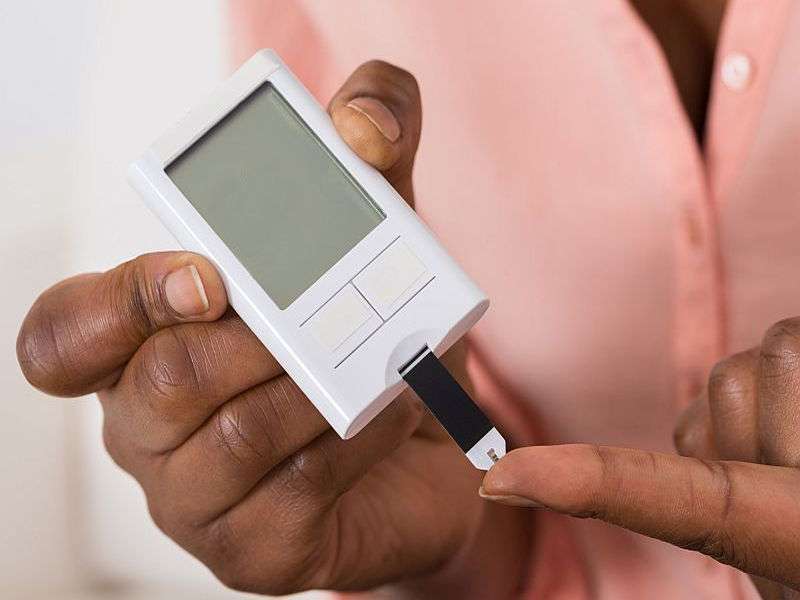(HealthDay)—Lixisenatide and glulisine as add-on to basal insulin result in a reduction in glycated hemoglobin (HbA1c) levels in patients with type 2 diabetes, according to a study published online June 22 in Diabetes Care.
Julio Rosenstock, M.D., from the Dallas Diabetes and Endocrine Center at Medical City, and colleagues randomized overweight patients with type 2 diabetes inadequately controlled on basal insulin glargine with or without one to three oral antidiabetic agents. If HbA1c levels remained ≥7 to ≤9 percent after 12 weeks of glargine optimization, participants were randomized to lixisenatide once daily or insulin glulisine given once or three times daily.
The researchers found that the baseline characteristics were similar between the groups (298 patients). There was improvement in HbA1c seen with glargine optimization (from 8.5 to 7.9 percent), which further improved to 7.2, 7.2, and 7.0 percent, respectively, with lixisenatide and glulisine once daily and three times daily. All study coprimary end points were met. Lixisenatide versus glulisine patients had less symptomatic hypoglycemia and lower body weight. There were more gastrointestinal events with lixisenatide.
"Short-acting glucagon-like peptide-1 receptor agonists as add-on to basal insulin may become a preferred treatment intensification option, attaining meaningful glycemic targets with fewer hypoglycemic events without weight gain versus basal-plus or basal-bolus in uncontrolled basal insulin-treated type 2 diabetes," the authors write.
Several authors disclosed financial ties to pharmaceutical companies, including Sanofi, which manufactures lixisenatide and sponsored the GetGoal Duo-2 trial.
More information: Full Text (subscription or payment may be required)
Journal information: Diabetes Care
Copyright © 2016 HealthDay. All rights reserved.






















